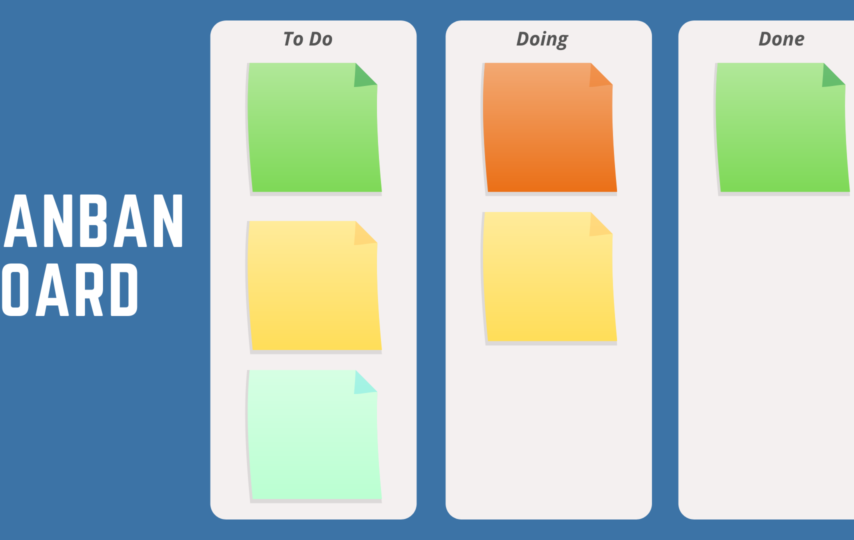Kanban might be an alien concept for many people and some industries, but if you are working on any development management system, then the first option that you would have heard about is indeed Kanban. This advanced management system has come a long way as it began its journey as lean manufacturing, and has adjusted itself according to the evolving world.
Kanban’s evolution for becoming more useful and relevant according to the current needs has given birth to the Kanban Board.
In this blog post, we will understand how the Agile Kanban Board works so that you can know every aspect of this fruitful and result-oriented development management system.
What is Agile Kanban?
Agile Kanban is an agile approach to managing projects by utilizing Kanban.. Like any other application of Kanban, a proper board is used to visualize the entire workflow in agile project management. In a project room, the Kanban board is put against the wall. The real progress and status development are kept under tracking through visual representation, making the development more manageable and effective.
The working of the Agile Kanban Board
The main meaning of Agile Kanban revolves around the Kanban Board (including the Kanban system) as it gives the visual representation of the entire workflow and its progress. You should know that if a board is being used for software development, then there are different columns used in it, and some of them are mentioned below:-
- Backlog
- Requested
- Design
- Development
- Testing
- Done
There are no set standards for the Agile Kanban board as it can be customized according to a company or team’s specific needs, which is why it is proven to be so useful. Instead of moving on with the on-size-fits-all approach, the board can be customized according to the specific needs. With the board’s help, every member of the team will have a clear idea about what’s happening in the project and who is working on which aspect.
A kanban board in your company
If you are looking forward to using a kanban board in your firm, you will have to define every work step for the different column names. You will have to start analyzing the various stages through which your service or product will go through and the different types of tasks and operations performed by specific teams.
For example, your workflow might involve getting in touch with a customer- organizing a formal meeting with the customer- signing the contract- assigning the work to an expert. In that case, you can name your board columns after the activities that comprise your workflow: Requested (you need to get in touch with the customer); In Progress (organize a formal meeting and sign the contract); Done (complete the task after assigning it to an expert).
The perks of Kanban Board
- Improved teamwork
It will become manageable for the developer to keep tabs on the work in progress in terms of designers. Even the testers will be ready with a better plan since they will always be aware of when to expect a completely new feature for testing.
- Control and Priorities
Words like confusion and overlapping become meaningless when it comes down to the Kanban Board since all the tasks in the board’s columns are prioritized according to their importance.
- Complete focus
Multitasking is not the right approach when you are using the Kanban board.here will always be a limit to the number of tasks that can be continued side by side. This means that you will never lose your focus because of having too much on your plate.
Therefore, we can say that Kanban is a combination of different sets of solutions for working in Agile’s spirit. Through the Agile Kanban Board, you will learn and improve teamwork, tracking, analytical thinking, and even flexibility. If you have been trying to bring a significant change in your workflow to improve it but not getting expected results, you can surely try the Agile Kanban Board and get tangible results from your efforts.







